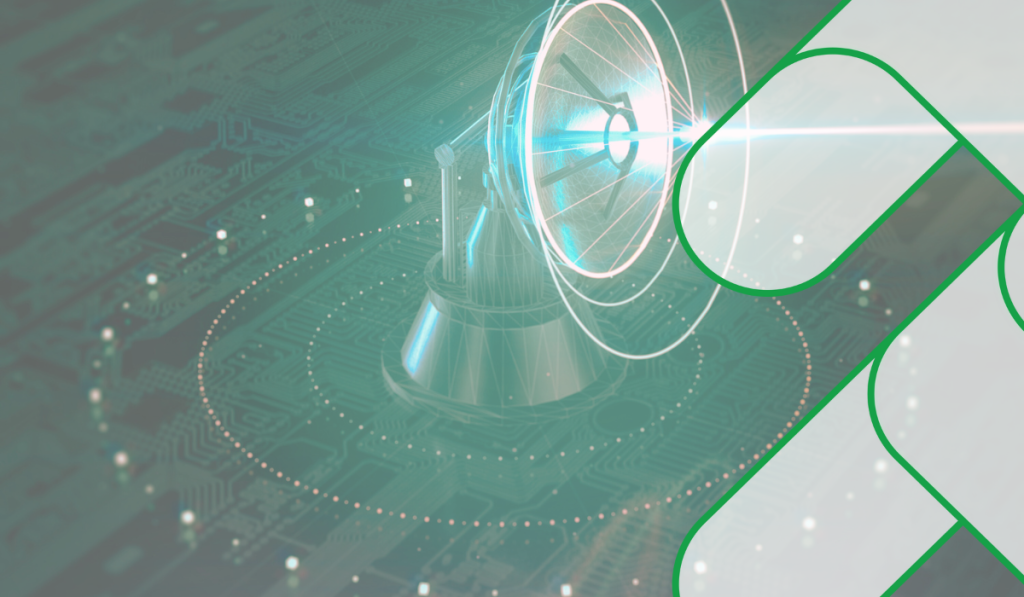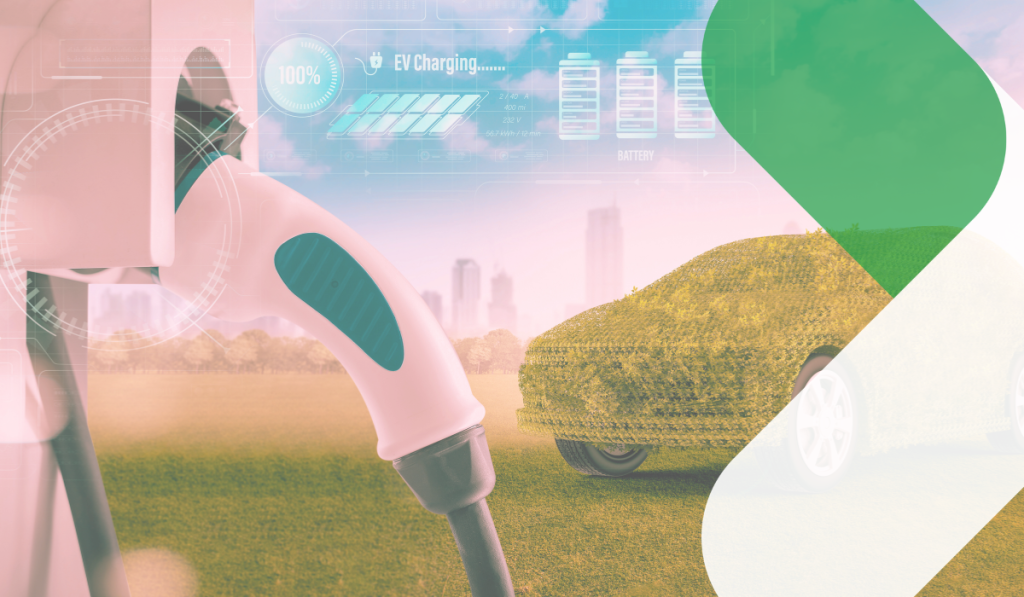
In this article, we will examine the human machine interface, from understanding what it is and its primary benefits to how it is used to its future possibilities and applications.
A technology that enables direct communication and interaction between humans and machines is called a human-machine interface. These interfaces serve as a channel for users to communicate their intentions, get feedback, and manage numerous systems and gadgets. Touchscreens, voice recognition, gesture control, virtual reality (VR), augmented reality (AR), brain-computer interfaces (BCI), and other technologies are all included in HMIs.
Using a user interface or dashboard, a Human Machine Interface connects a person and a machine, system, or device. Although the term can refer to any screen that enables user-device interaction, HMIs are frequently linked to industrial processes.
Although the terminology differs, HMIs and Graphical User Interfaces (GUIs) have certain similarities. HMIs frequently include GUIs to offer visualization features.
HMIs have several uses in industrial settings, including:
HMI technology plays a vital role in numerous industries, from industrial organizations to various other companies, enabling efficient interaction with machines and optimizing industrial processes. HMI finds applications in multiple sectors, including automotive, energy, food and beverage, manufacturing, oil and gas, power, recycling, transportation, water and wastewater, and many others.
Within these industries, the primary users of HMIs are operators, system integrators, and engineers, with a specific focus on control system engineers. These professionals heavily rely on HMIs as indispensable tools to review and monitor processes, troubleshoot issues, and visualize data, enhancing their ability to streamline operations and improve productivity.
HMIs provide several benefits to modern industrial companies, such as:
High-performance HMIs allow users to monitor facility or equipment performance from a single, remotely accessible dashboard. This capacity provides immediate response to notifications and continual product improvement.
Real-time data availability via HMIs enables production monitoring and prompt response to shifting demand. Data visualization helps to find areas where operational efficiency can be improved when combined with data analysis tools.
Downtime is reduced thanks to centralized dashboards with alert systems that allow quick problem resolution. Potential mechanical problems can be foreseen by watching and examining equipment performance data, and they can be fixed before becoming severe disruptions.
HMIs make examining data and control equipment more effortless and use visuals like graphs and charts for quick data interpretation. Users can customize their interface to meet their unique needs and tastes.
The possibilities for HMIs in the future are endless. Here are some fascinating developments and trends to keep an eye out for:
The way we engage with technology changes quickly due to advances in human-machine interfaces. Touchscreens, voice recognition, gesture control, VR, AR, and BCIs are just a handful of the numerous interfaces that help people and machines communicate. The possibilities for human-machine interactions are endless as we adopt these developments, and they will profoundly revolutionize our daily lives.

How AI and ML enhance LiDAR technology by overcoming data processing challenges, enabling advanced applications in autonomous systems, robotics, and 3D mapping, and more.

Offering insights into how the latest AI advancements will impact consumers, manufacturers, and the broader environment in 2025 and beyond.

Showcasing the environmental and economic benefits of integrating sustainable materials and robust recycling practices into the automotive value chain.